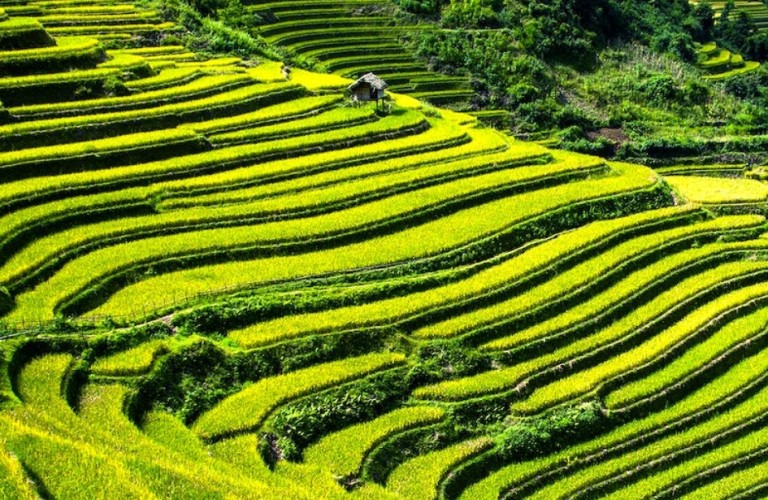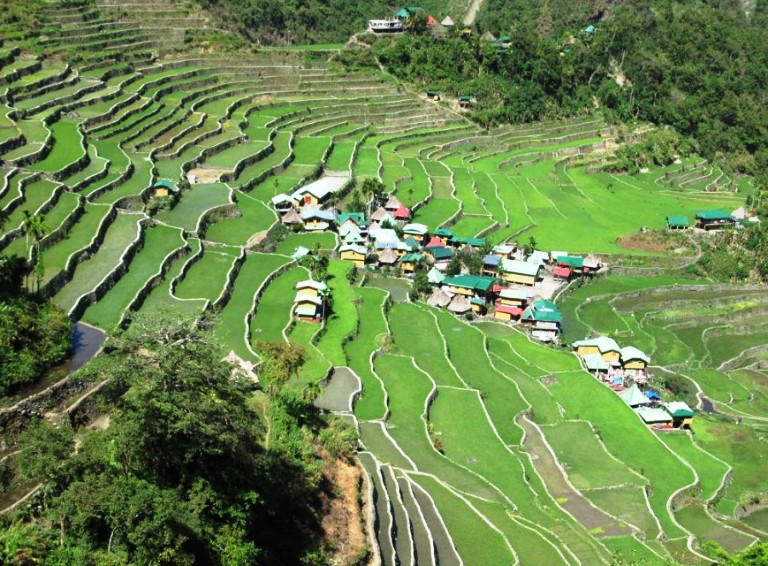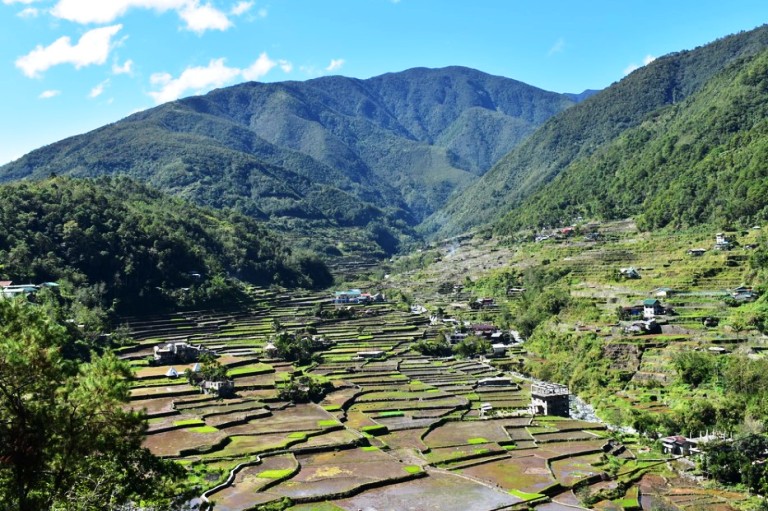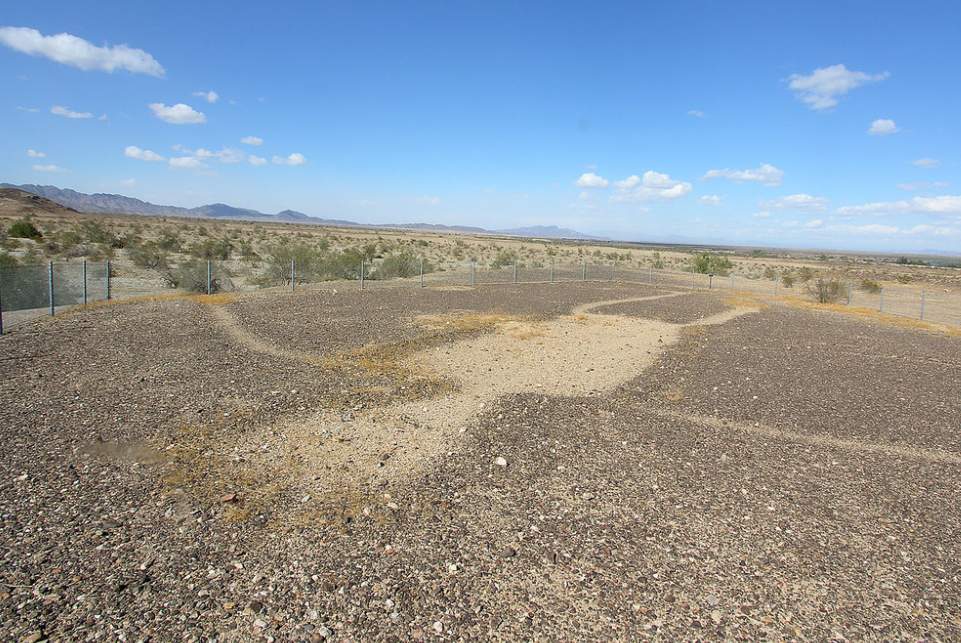Terraced Rice Fields in The Cordilleras – Into precipitous mountains rice paddies have been carved from some 220 miles (350 kilometers) from Manila, this area is remote. The Ifugao people have maintained rice terraces on steep slopes of the remote, rugged Philippines Cordilleras for more than 2,000 years, despite engaging in the fearsome practice of headhunting just a century ago. Man and nature have worked together ingeniously and anciently on the island of Luzon, resulting in these mountainside rice fields.
“Nothing in Nature is more lovely than a valley of green maturescent rice paddy, encircled by verdant hills.”
JOHN FOREMAN, THE PHILIPPINES ISLANDS
Paddies today serve mainly as a source of food for the locals, who cultivate them hard in order to feed themselves. They were never intended for commerce or profit. Terracing was done by hand, and then stone or mud walls were built to follow the natural contours of the hills. Some hills sloped at an angle of 70 degrees. From certain angles, the paddies seem like the architecturally precise tiers of a Maya temple because of their precipitousness and orderliness.
Water is channeled from the mountaintop rainforests to the stepped pond fields by an intricate irrigation system. It has remained essentially the same throughout two millennia, despite earthquakes that have required the periodic rerouting of the system. Ifugao people have passed on oral knowledge from generation to generation about everything from lunar cycles to pest control to soil conservation. Rice cultivation is also backbreaking work that every generation learns.
In a Filipino folk song, it is said: “Planting rice is never fun, Bent from morning to sunset.”. Having trouble standing or sitting, unable to rest.” But rice paddies have significance beyond their beauty and function. It remains an essential part of the cultural identity of modern Ifugao people.
Rice production is celebrated throughout the year through twelve colorful agrarian rituals. Postharvest rituals include dancing, traditional games, and traditional clothing. The cultivation of terraces has been practiced for centuries in Asia, the Mediterranean, Africa, the Andes of South America, and parts of Oceania and Southeast Asia.
Out of 48 clusters of rice terraces UNESCO has designated five clusters of rice terraces as World Heritage sites in the Philippine Cordillera mountain range. These are Batad, Bangaan, Mayoyao, Hungduan, and Nagacadan. The most famous is Batad, which features a tiny village at the base of a dramatic bowl of terraces. Both the steep terrace and the village are located in a remote area, and can only be accessed on foot.
There are thousands of traditional farmers’ houses, also known as bales, dotted throughout the sprawling terraces of Mayoyao. There are also striking paddies in nearby villages such as Pula and Kambulo. Throngs of steep, often harrowing paths meander through the terraces, inviting visitors to wander. Taking a walk through this ancient landscape is the best way to see it – make sure you wear sturdy shoes and are at least moderately fit.













